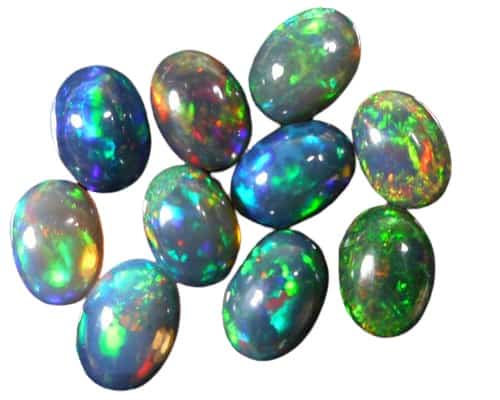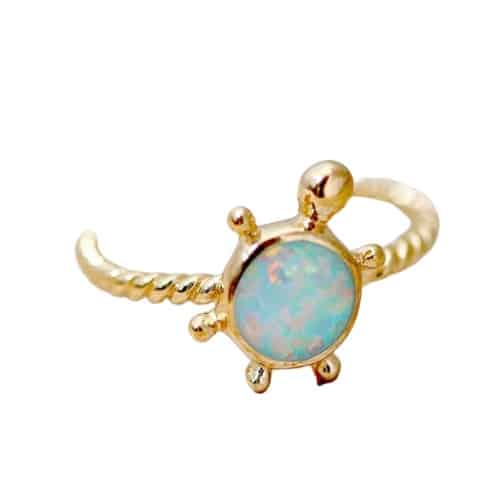The name "opal" starts from the Greek word opallios, which signified "to see an adjustment in shading." The Roman researcher Pliny utilized the word opalus when he expounded on this present gemstone's vivid "play" of hues that could recreate shades of any stone.

Many opal assortments exist, yet just a couple (like Fire Opal and Boulder Opal) are generally perceived. Opals are regularly alluded to by their experience "body shading"— dark or white.
Opal's great nation of root is Australia. Occasional downpours splashed the dry Outback, conveying silica stores underground into splits between layers of rock. At the point when the water vanished, these stores framed opal. Some of the time, silica saturated spaces around wood, shells and skeletons, coming about in opalized fossils.
Since opal was found in Australia around 1850, the nation has created 95 percent of the world's flexibly. Opal is likewise mined in Mexico, Brazil, Honduras, Ethiopia, the Czech Republic and parts of the U.S., including Nevada and Idaho.
The water substance of opal can extend from three to 21 percent—ordinarily somewhere in the range of 6 and 10 in diamond quality material. This, joined with hardness of just 5.5 to 6 on the Mohs scale, makes opal a fragile gemstone that can split or "rage" under extraordinary temperature, parchedness, or direct light.
Wearing opal is certainly justified regardless of the additional consideration, however. For quite a long time, individuals have related this gemstone with good karma. Despite the fact that some cutting edge odd notions guarantee that opals can be misfortune to anybody not conceived in October, this birthstone stays a mainstream decision.


